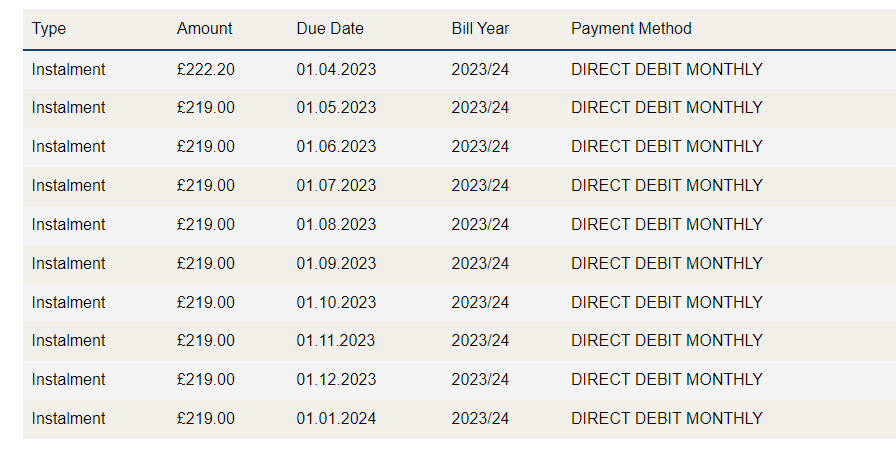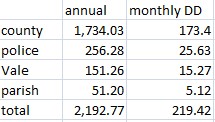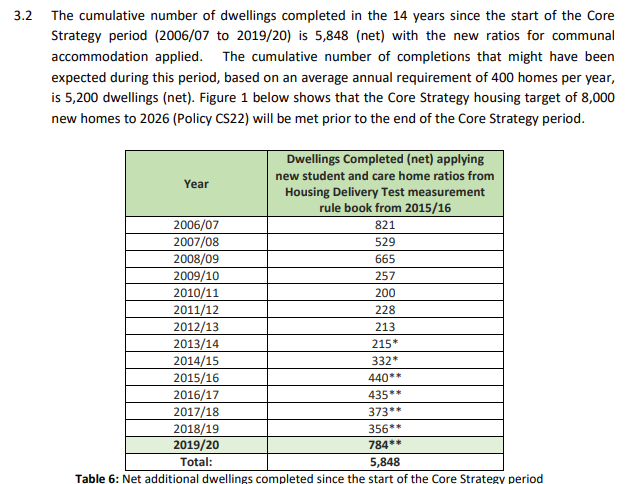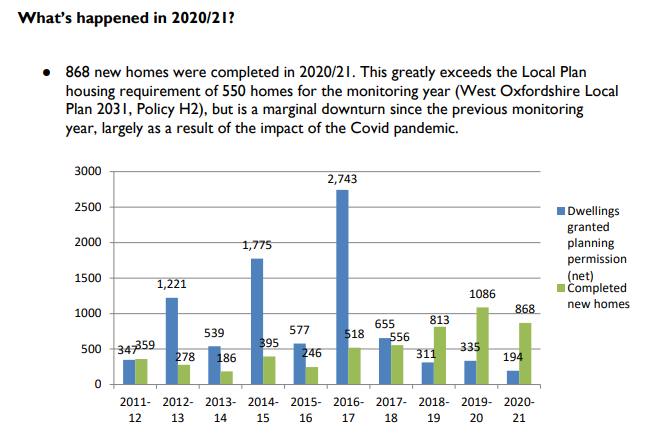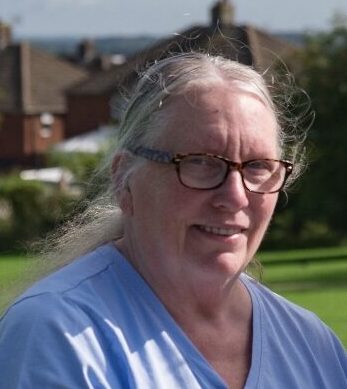On 15 July 2024, the Oxfordshire Planning and Regulatory Committee met to consider the application by the Environment Agency (EA) for the Oxfordshire Flood Alleviation Scheme (OFAS). I spoke as an objector. My main concern was that the officer’s report focussed nearly exclusively on the environmental harms, but seemed to assume that there was understanding (and agreement) about the benefits of the scheme.
Here’s what I said:
I represent the residents of Botley North Hinksey parish and South Hinksey parish. Both of these parish councils formally object to this scheme. I recognise that some residents support this scheme though.
The original partnerships among the local authorities were formed nearly a decade ago, when everyone simply agreed that flood alleviation would be a good thing.
As your report says, initially, I supported the scheme, but had concerns about the impact of construction on residents. As I’ve learned more, my concerns have broadened, deepened and increased. For example, the most affected road, the A34, lies within a the Botley AQMA – what steps will be taken to mitigate 5 years of increased pollution in an already polluted corridor?
So, as stated in your officer’s report, your responsibility is to balance the harms against the benefits and decide whether approval should be given.
The many and significant harms are clearly laid out in the officer’s excellent report.
I contend that the benefits to be delivered by this scheme are not clear from the report.
My questions to committee members are these:
- How confident are you of the proven benefits of this scheme? How many properties are protected, by what means (bunds or channels), and from what exactly? If a 1 in 100 year storm only happens every hundred years, then what if the last one was in 2007? I may not understand, but it’s critical that you, the decision makers, do understand.
- Large infrastructure projects have an abysmal record of delivery, making a massive risk that we wouldn’t reap the benefits. The project at the Oxford rail station and Botley Road demonstrates. How confident are members that this scheme is deliverable? What will be the impact on local areas if it is abandoned incomplete? What mitigating steps are planned? How big a risk is tolerable?
- The report says objectors claim that ‘85% of measures do not depend on the channel’ and suggest an incremental approach. I think that’s preferable to a big bang. Why not implement the most protective, least damaging measures first, and then evaluate the outcome? That’s rational and reasonable, and I do not understand why that approach has been rejected by the applicants.
We still agree, as we did in the beginning, that a flood alleviation scheme is a good thing. I think the costs are tremendous though, and I urge careful balancing of the proven and likely benefits with our responsibilities to all residents regarding environmental preservation, maintaining existing infrastructure, and fiscal prudence.






